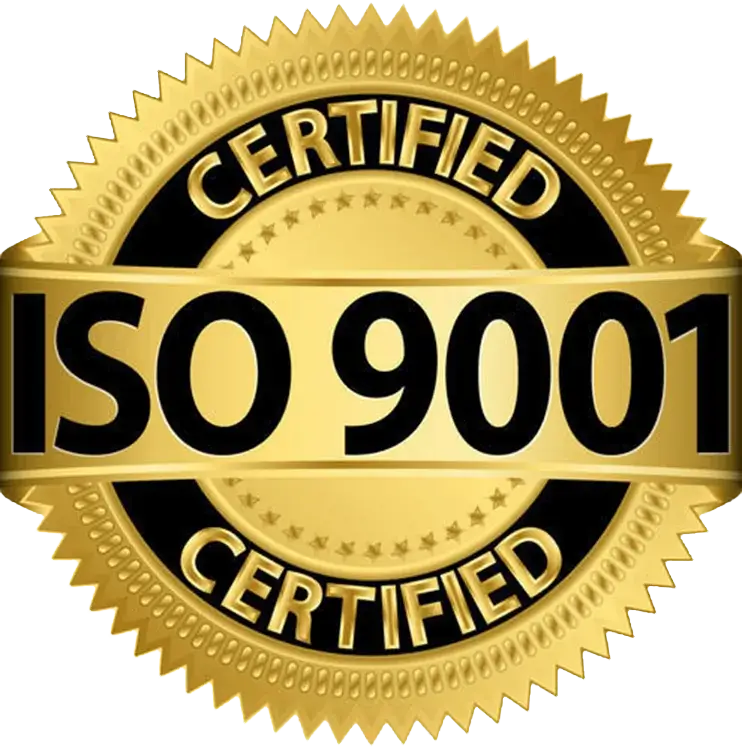
With computer language evolving ever more quickly, Machine Translation (MT) has come to be seen as a good service option, especially when the client has limited budget and tight deadline. However, the subject still generates some doubt and even a certain prejudice, both among those hiring translation services and within the community of translators.
If you identify with one of the two groups mentioned above, this article is for you! In it we will clarify some points about machine translation and demystify others, starting with the mistaken comparison made between Machine Translation and free translation tools, which are easily found on the web.
In free translators, information is translated through a generic database on the web, without taking the client’s preferences into consideration. Moreover, all information entered therein gets stored in the cloud, without any security measure to ensure confidentiality of the inserted content. As such, they are not suitable for corporate use.
Machine translation in turn is performed with a technology called Statistical Machine Translation (SMT), which allows the machine to run statistical analyses of the material to be translated through an engine created from the client’s own memory bank. In other words, Machine Translation is trained with the client’s translation memories in order to acquire vocabulary and build sentences that are aligned with the contracting company’s market.
In general, machine translation goes far beyond a “free” translation tool. It consists of a computer system that entails a complex process of training and evaluating fluency results. These metrics allow the technology to be constantly enhanced in order to meet the client’s expectations.
But, is machine translation alone enough?
It’s important to remember that, although constantly evolving, machine translation is based on literal adaptations. In other words, it doesn’t consider all factors, such as the cultural context of the target language. For this reason, an additional post-editing stage is recommended after machine translation. In this phase, a native editor evaluates the content and makes the necessary corrections to improve textual fluency.
Afterward, the translation memory from the edited file can be inserted into Machine Translation so that it starts being trained for the same client’s future projects. With this constant learning, the time required for post-editing tends to steadily decrease.
Advantages and disadvantages of machine translation
As explained above, machine translation is an alternative that shouldn’t be tossed aside. It can be very useful, for example, for translating internal documents used to bring people up-to-date about certain subjects. MT can also be a great solution for companies that need to translate a large volume quickly at a very affordable price. These are unquestionably the points carrying the most weight in favor of technology.
On the other hand, depending on the language pairs and translation memory used to train the machine, accuracy in MT may be somewhat inferior. Machine translation tends to work best for large corporations that already have a consolidated database. In any case, however, post-editing is a crucial stage, especially when dealing with messages that demand creativity.
Thus, before choosing this type of service, expectations need to be aligned, and the purpose you want to achieve with your content needs to be evaluated. Understanding the strengths and weaknesses of each service type will make it much easier to choose the method that best suits your company’s business and improves the cost effectiveness of your projects.
A market that never stops innovating
When the subject is machine translation, new developments are constantly emerging. One of the most recent innovations is Neural Machine Translation (NMT), which focuses on the ability of translation machines to learn through a large neural network – a technique presenting a mathematical model inspired by the neural structure of intelligent organisms and which acquires knowledge through experience.
The approach has become increasingly popular among Machine Translation researchers and developers, and it is already beginning to show great performance in translation for different language pairs.
As you have probably realized, this is a very promising market that should be closely watched by translation professionals, as well as those who hire this kind of service on a regular basis. The world has changed, and keeping up with these changes is crucial for those who want to stand out in the market!
About Netwire
Founded in 2000, Netwire is a multilingual solution enterprise that provides translation and localization into any language in the world. With robust infrastructure involving state-of-the-art technologies and the best professionals in the field, Netwire ensures high volume processing at high quality standards with quick turnover, precise control and project management, rigorous selection of native translators in every corner of the world, rapid learning of client preferences, secure and real-time data storage, information traceability and on-time delivery of the final material.
This solid foundation underlying Netwire’s services ensures a superior level of quality over other translation agencies in the market. In the past five years alone, the company processed over 110 million words, delivering an average of 400 projects per month. This experience has increasingly awakened the interest of global brands that comprise its portfolio of clients and positioned Netwire as the ideal company to meet any translation demand. Request an estimate via website or by telephone and guarantee the best solution








